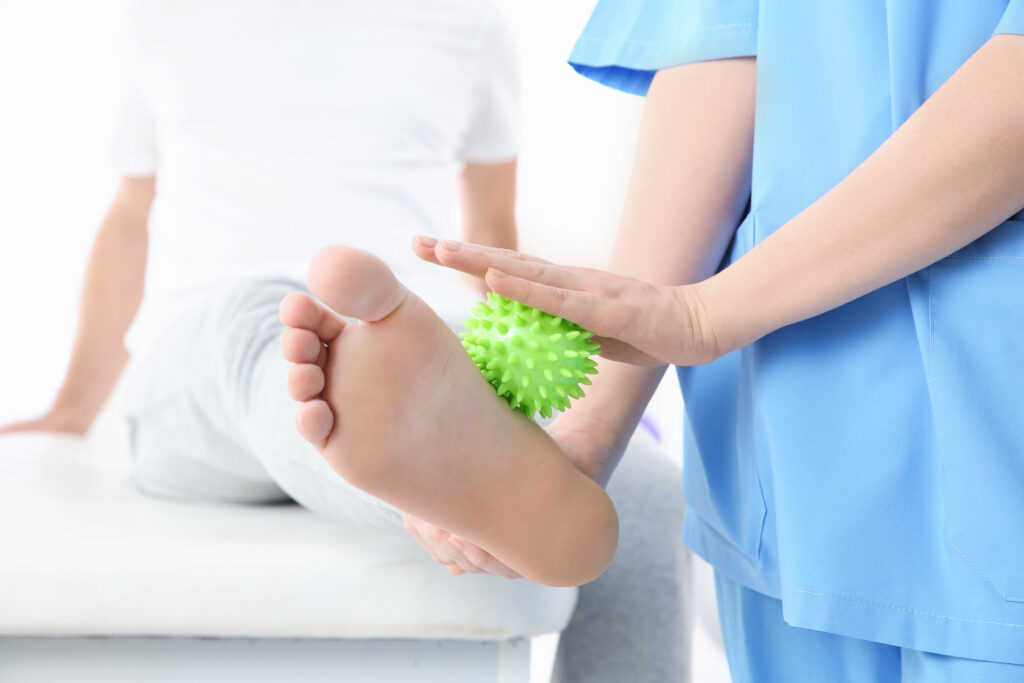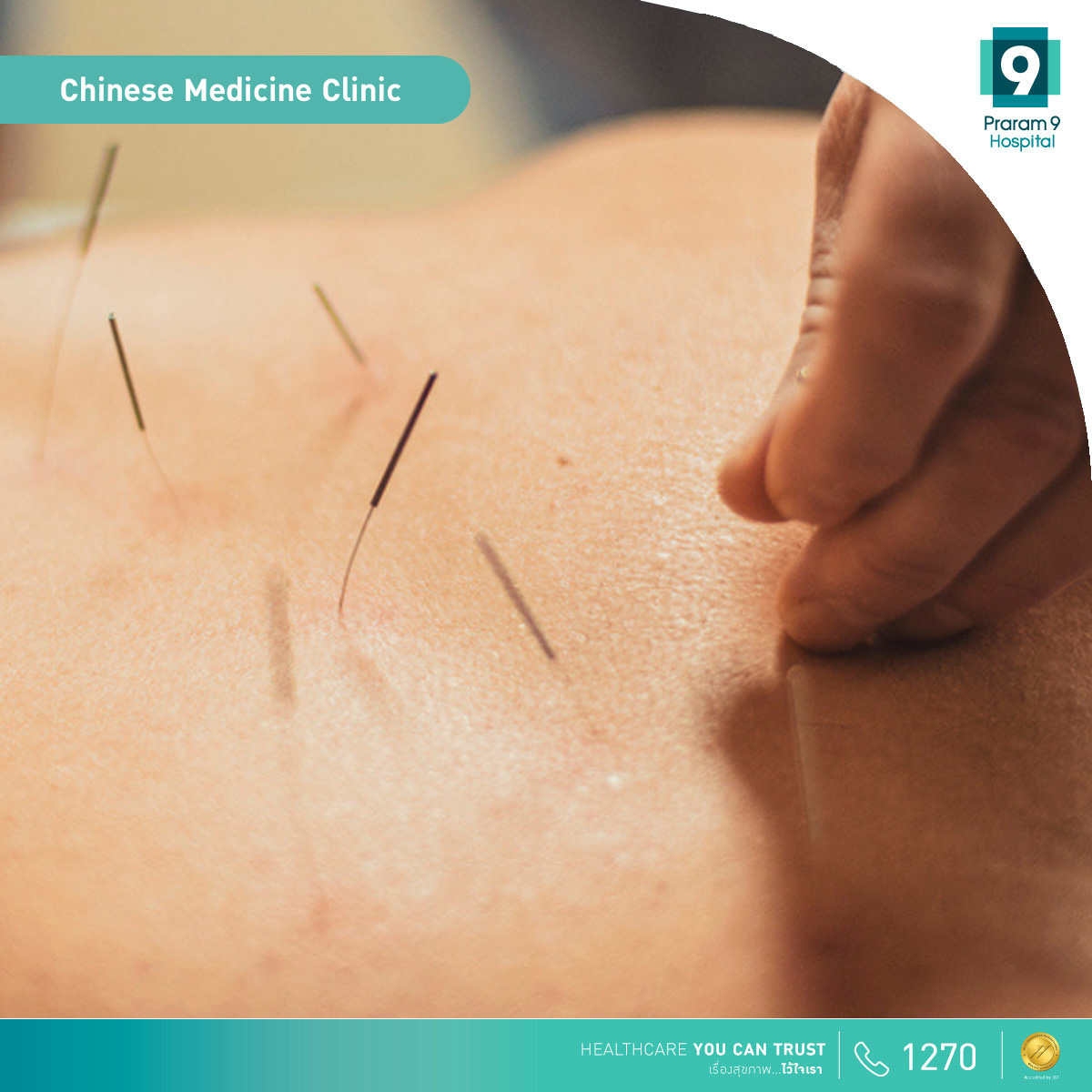Foot Care for Diabetic Patient
Wounds and other complications of the feet in diabetic patients can be commonly found. Diabetic patients with wound on their feet can end up with leg amputation. However, if you know how to take care of foot health properly, you can prevent the cause of wounds on the feet.
Foot care for diabetic patients
1. Clean your feet with mild soap after taking morning-evening shower. Dry your feet with clean and soft cloth, especially in the skin between the toes. Clean every day to prevent dampness, which might be a reservoir of bacteria and fungus.
2. Check your feet every day to search for abnormalities. For example: Bunion, thick skin, blister, cracked skin, wound inflammation, abnormal dark or pale skin, ingrown nail around the toes, the skin between the toes, heels, and soles that are hard to look at with the help of a mirror. When finding abnormalities, consult the doctor immediately. (Do not cut the bunion or thick skin by yourself)
3. Apply lotion to moisten the skin after taking morning-evening shower. Pour the lotion on the palm and bathe the feet. Avoid applying the lotion around the skin between the fingers to prevent accumulation. Those who have damp skin and can sweat easily, dry the feet and put powder to reduce the dampness.
4. Always wear socks or stockings when wearing shoes. Avoid wearing socks or stockings too tight.
5. Wear shoes at all times both inside and outside the house. Do not walk with bare feet. The shoes must not be too loose or too tight. Before wearing, look at the inside for foreign objects to prevent the cause of wounds.
6. Avoid soaking the feet, whether in warm water or regular water, to prevent the skin from becoming soft. In those who have numbness in your hands and feet, soaking in warm water or too hot water might cause blister and infection.
7. When a wound occurs, clean the wound with saline water and Betadine (Avoid using alcohol, iodine tincture, or hydrogen peroxide). If the wound does not heal and inflammation, pain, swelling, redness, heat, pus, and fever occur, consult the doctor.
8. Cut the nails after taking a shower to soften the nails so that it can be cut easily. Cut the nails properly according to the following procedures:
8.1 Cut the nails to be in the same line as the length of the fingers. Do not cut too short to prevent ingrown nails.
8.2 File the nails to curve along the fingers carefully. File in the same direction. Do not go back and forth to prevent friction with the skin around the nails.
8.3 Eliminate the sharpness of the nails by using a file to sharpen from the top of the nails. Turn the end of the file towards yourself. If found that there are nail problems, thick and hard nails that are difficult to cut, ingrown nails, or any nail problems, consult the doctor.
9. Abstain from smoking because it is an important factor that leads to atherosclerosis or loss of feet.
10. Exercise the feet regularly to stimulate the blood circulation, strengthen the muscles, and prevent ankylosis.
10.1 Stretch the muscles before exercising the feet
10.1.1 Sit and extend the feet. Tilt the feet until feeling tightness on the calf.
10.1.2 Stand and move one leg in front of the other. Bend the front knee and stretch the rear knee. The rear heel is on the floor. The back is straight. In order to stretch the muscles, hold still for 10-15 seconds about 3-5 times per one posture.
10.2 How to exercise the feet (15-20 times of exercise)
10.2.1 Stand on tiptoe up-down
10.2.2 Tilt the feet up-down
10.2.3 Tilt the feet up high. Stretch the feet down low.
10.2.4 Turn the sole inward. Stretch the feet downward. Then, turn the sole outward and tilt the ankle up high.
10.2.5 Turn the ankle clockwise. Then, turn the ankle counter clockwise.
10.2.6 Open-close the toes
10.2.7 Bend-stretch the toes
Summary
The cause of wounds on the feet of diabetic patients can be prevented. From the studies, it was found that 15 percent of diabetic patients will have wounds on the feet, which might lead to leg amputation. The risk rate of leg amputation in diabetic patients is 15-40 times of non-diabetic patients. Having the proper knowledge in foot care can reduce the chance of losing organs.
Therefore, if you check your feet regularly, like it is one of your important duties that you need to do in your daily life with proper knowledge of health care and when to see the doctor, you can be confident that you will definitely not lose your feet or legs.
For more information, please contact Diabetes and Metabolic Center in the Inbox.
Read other articles at www.praram9.com/en






